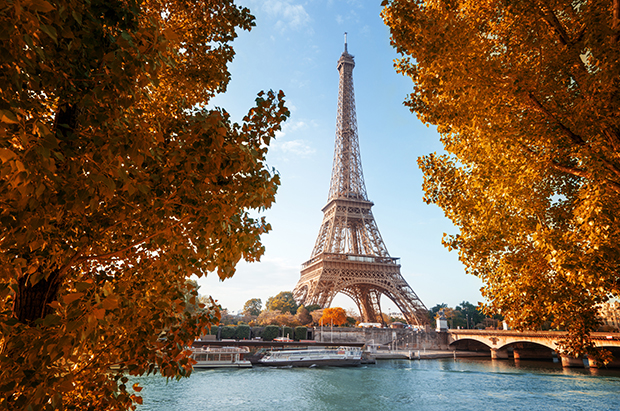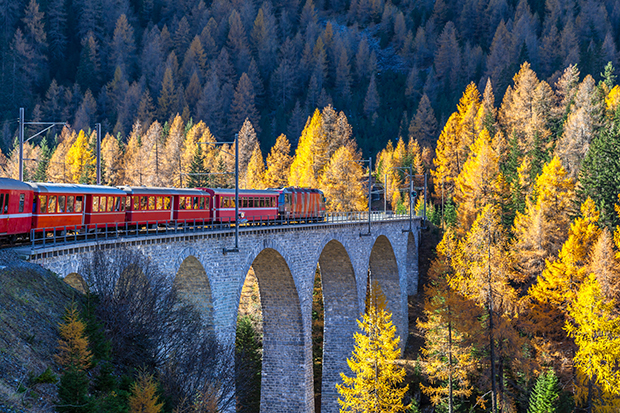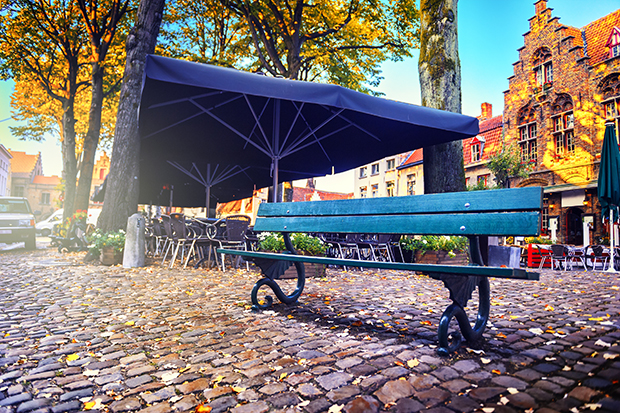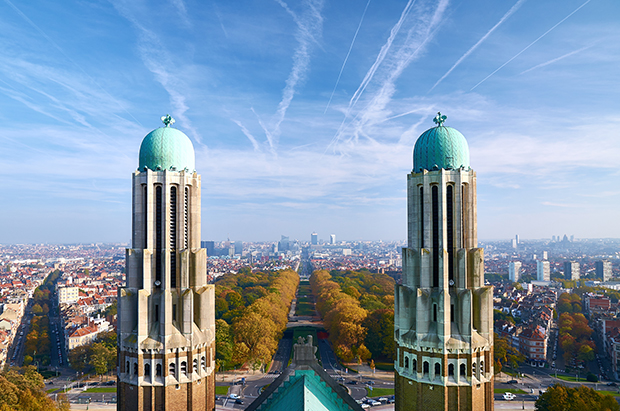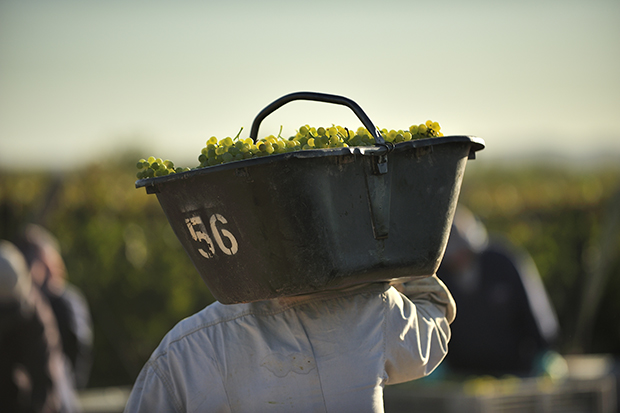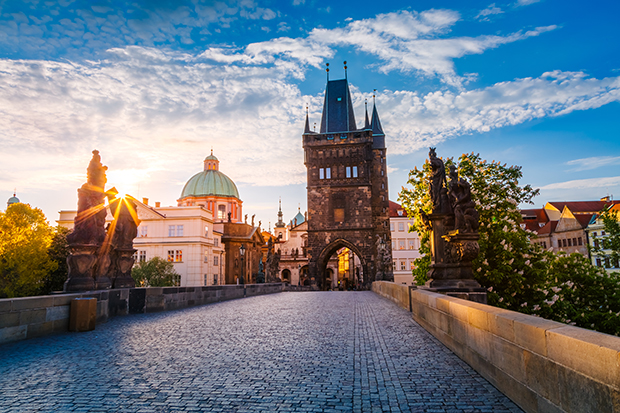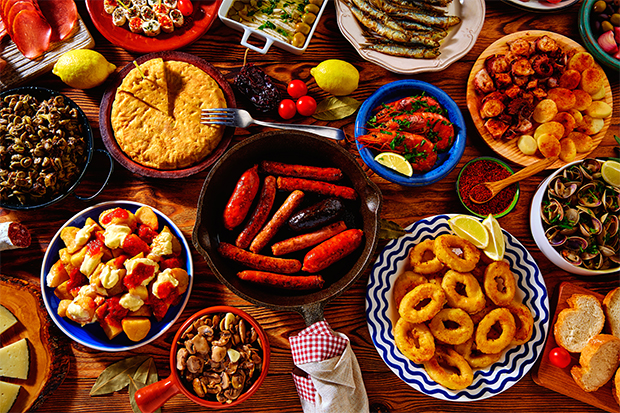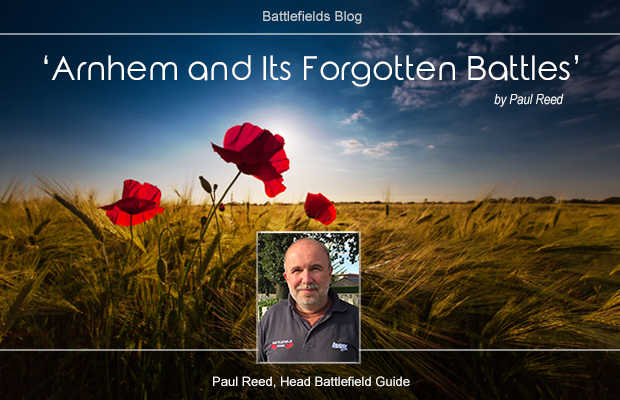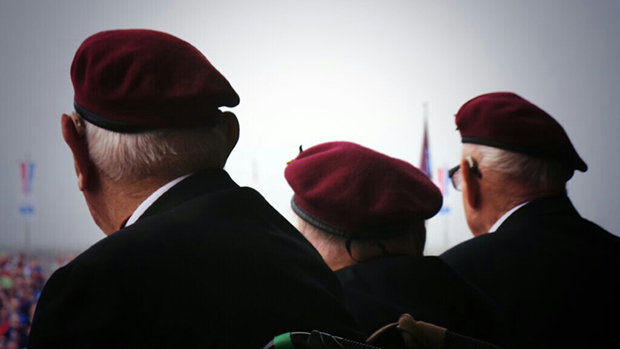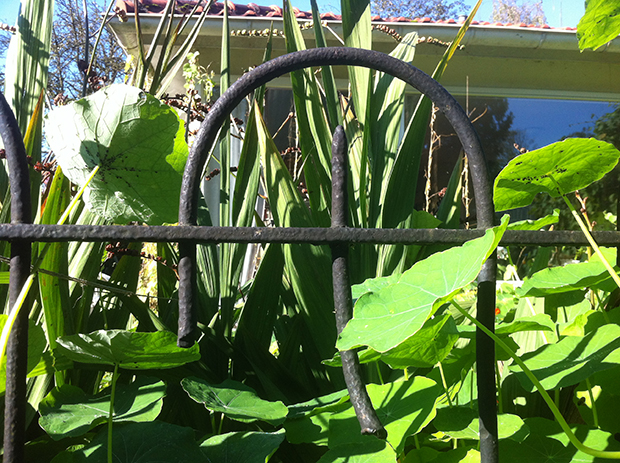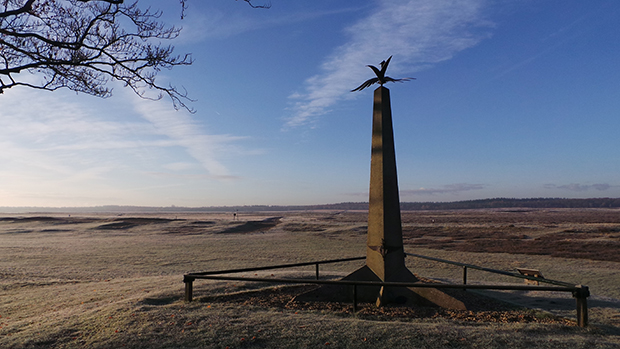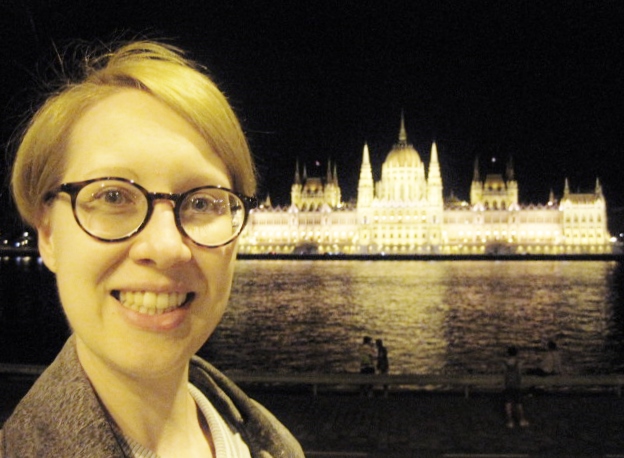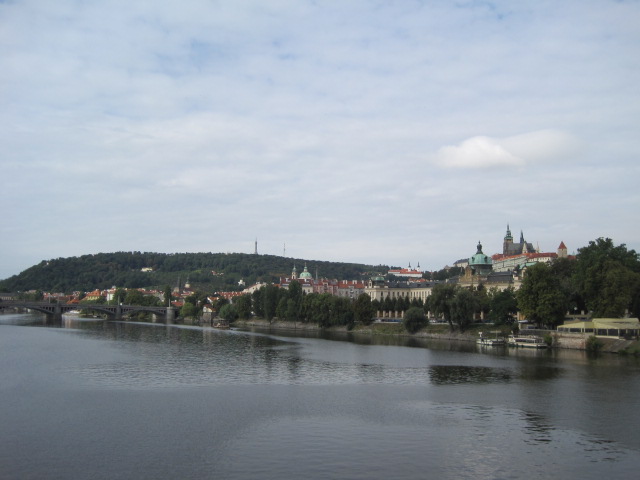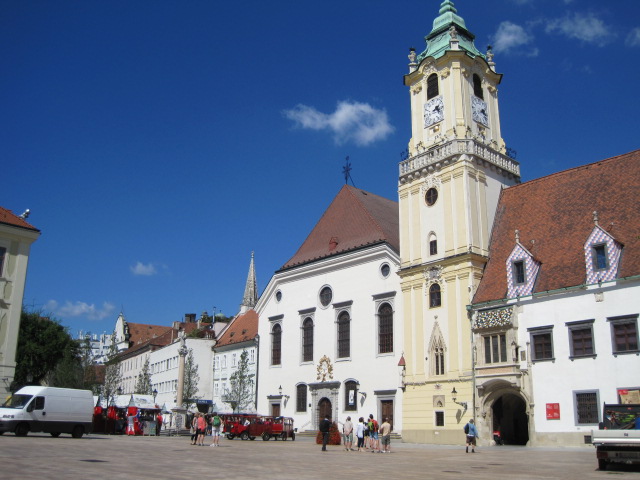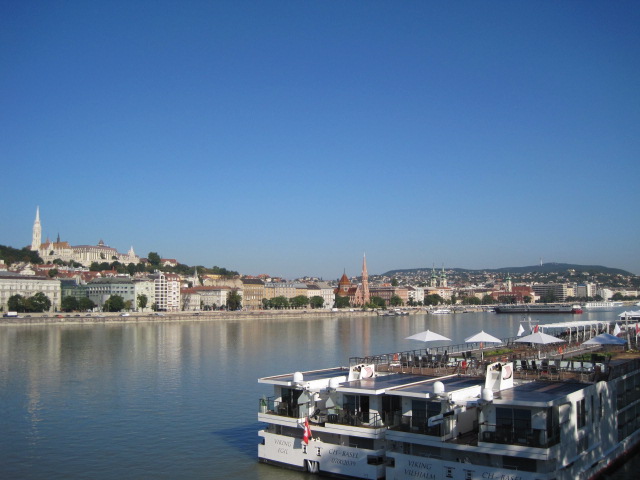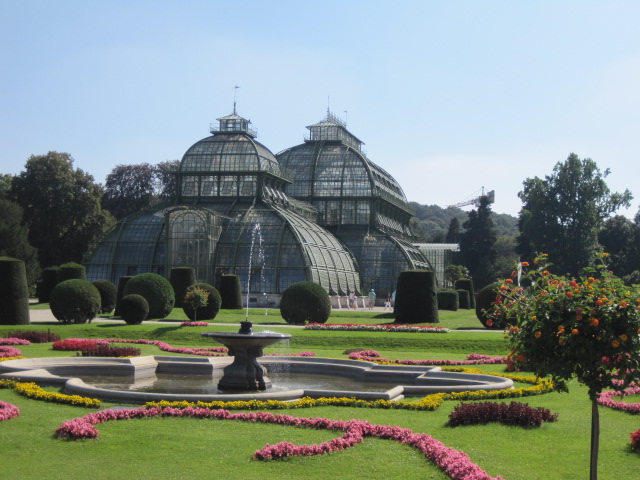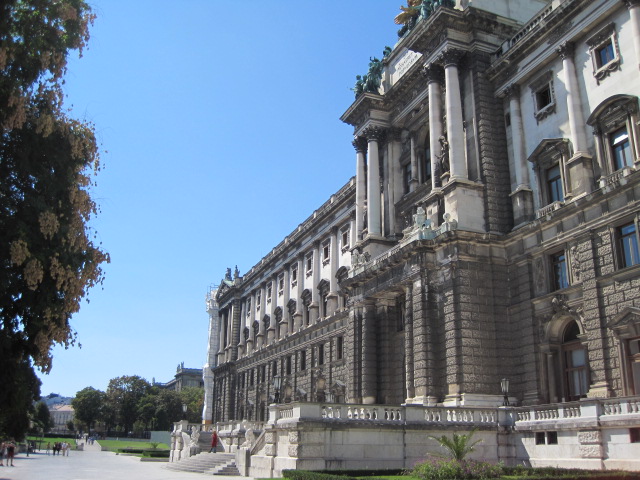As the old Wizard track goes, we really do wish it could be Christmas every day. There’s just something about the cold winter nights, the twinkling lights and the smell of roasting chestnuts filling the air.
While we seem to be heading through this year at colossal speed, it does give us one thing that we can really start to look forward to… Christmas market season!
Yes, before we know it, we’ll be gearing our coaches up to send them on their merry way into the continent, taking all of our lovely passengers to their exciting holidays visiting the best Christmas markets.
But, if you’re still looking for a trip to some of the best Christmas markets in Europe, here’s where our Christmas markets by coach and air will be heading in 2016.
Germany
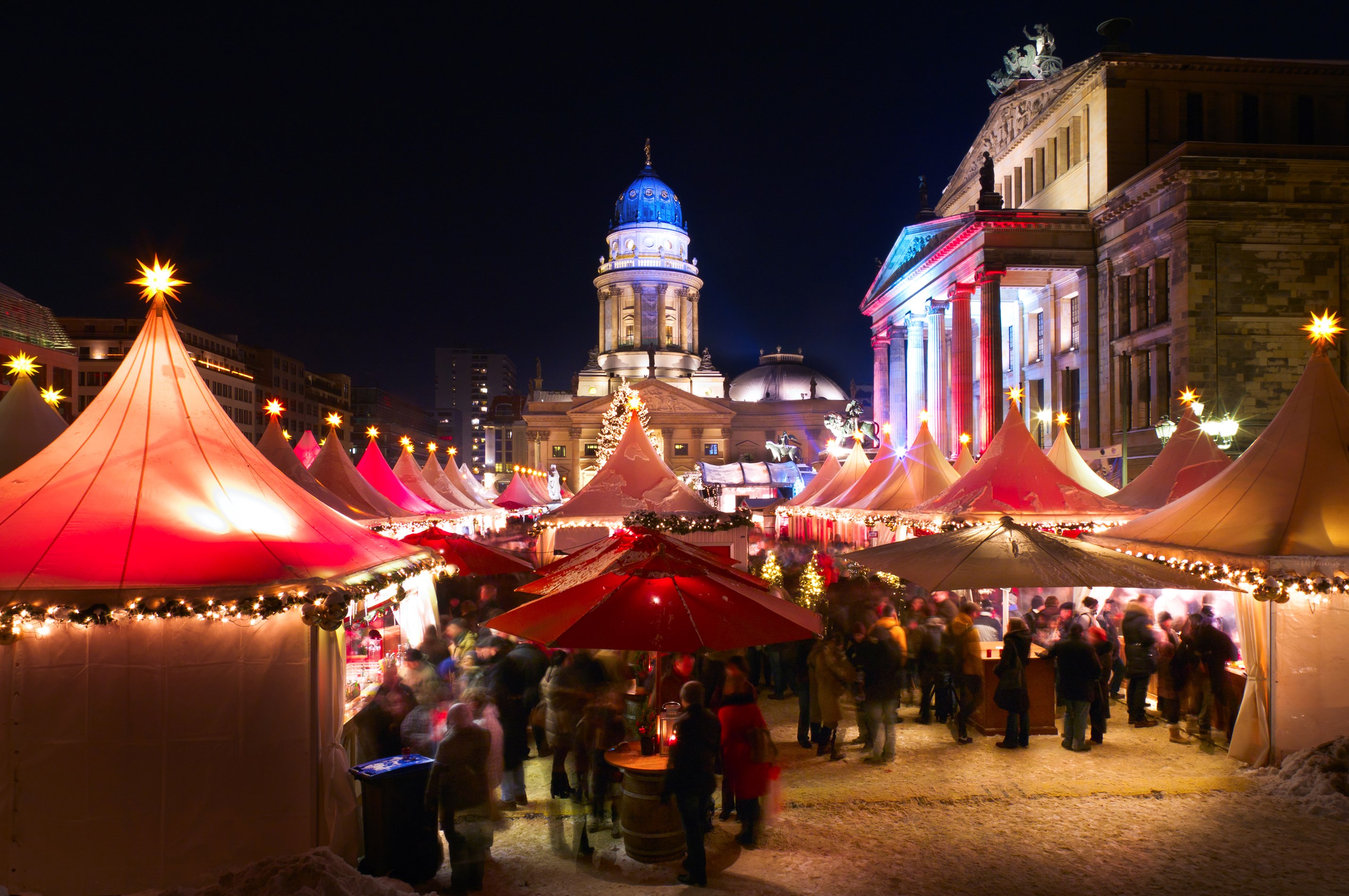
Of course, it wouldn’t be Christmas market season without a great selection of German markets. Big cities and twinkling lights, from Berlin to Cologne, you can really get the traditional Christkindlmarkt experience.
Dipping into the lesser known destinations, we’ll visit the markets of the Rhine Valley and the small yet perfectly formed resorts such as Monschau.
With plenty of Glühwein, stollen and steins, even Berlin’s toboggan run, there’s heaps of fantastic festive fun to be found in Germany.
Austria
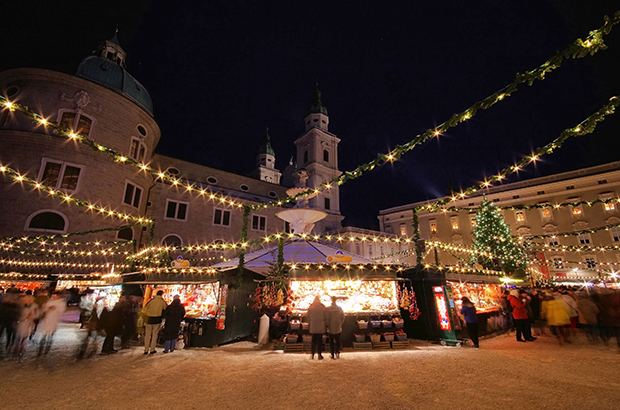
The Austrian lake district, Innsbruck and of course, Salzburg. We’re ticking off all of the top destinations in Austria.
Whilst Austria shares many traditions with its Bavarian neighbour, one thing you can count on is the romance of it all. The picturesque settings of the small towns can easily outweigh the big city buzz if you’re after something more cosy and scenic for you and your partner.
Even if you’re heading out to the markets solo, with so much to enjoy and the abundance of Christmas spirit, you certainly won’t feel lonely.
Belgium
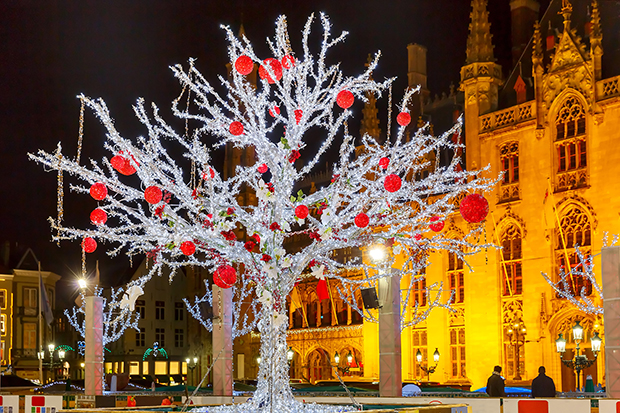
The master of beer and chocolate, enjoy some tasty festive treats and say hello to beautiful Belgium. From picturesque Bruges to the heart of Brussels, stay in style as you combine the most popular Belgian Christmas markets with 5-star luxury hotels!
We’ve even got you covered if you’re looking for something a bit more off the beaten track, heading to Ypres and the underground cave markets of Valkenburg.
So, get your hands on some jenever (gin), Glühwein, and some tasty deep fried sweet dumplings, oliebollen, and get into the true spirit of Christmas in Belgium.
Denmark

Fancy some Danish flavouring this Christmas? We’ll also be heading off to Copenhagen’s fabulous Christmas markets, including the picturesque Tivoli Gardens, set in the downtown area of Denmark’s capital city. The gardens will be host to a true Nordic atmosphere with wooden huts, Christmas lights and even Father Christmas’ reindeer.
With spectacular illuminations and Danish treats aplenty, it’s the perfect opportunity to relax and enjoy the festive atmosphere with a mug of spiced grogg.
But, that’s not all! See where else we will be heading this festive season, all of our Christmas market tours by coach are available to book now. Click here for more info.


